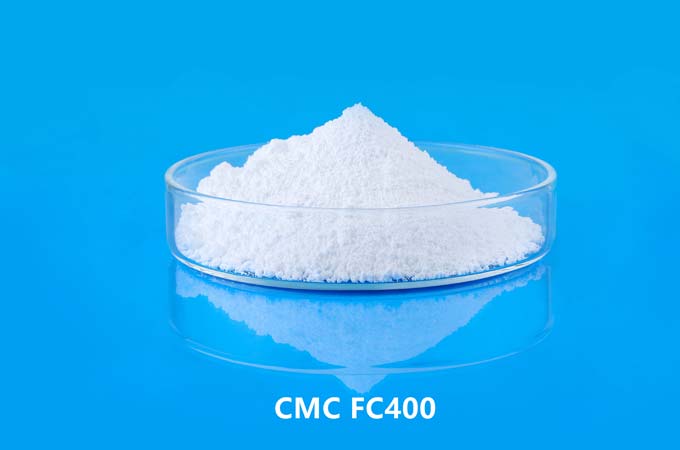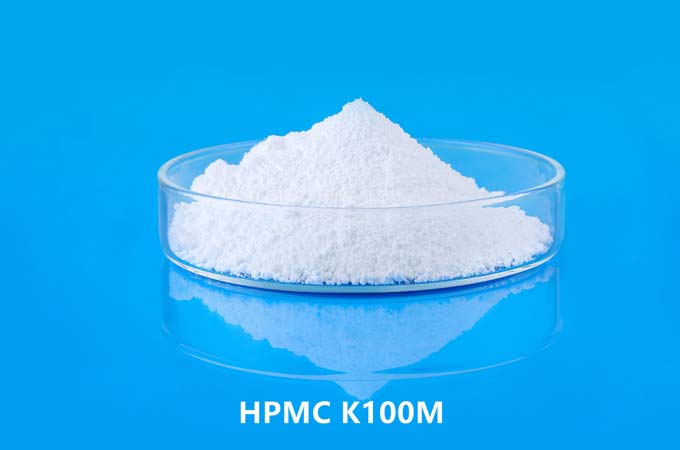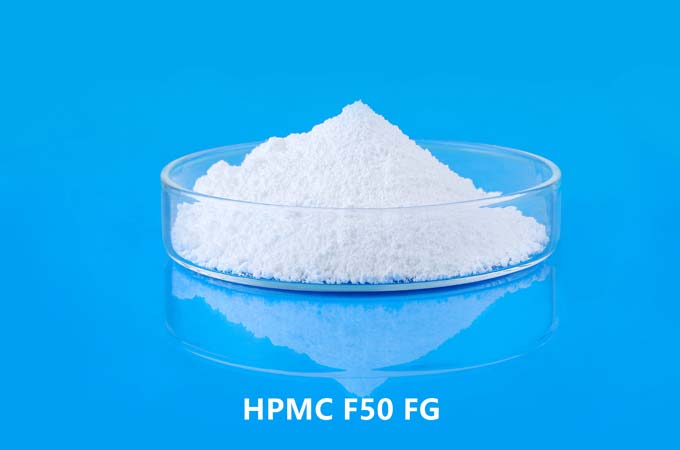Hydroxyethyl cellulose HEC is a non-ionic water-soluble cellulose ether product, which is widely used in architectural coatings, petroleum, polymer polymerization, medicine, daily use, paper and ink, fabric, ceramics, construction, agriculture and other industries. It has the functions of thickening, bonding, emulsifying, dispersing and stabilizing, and can maintain water, form a film and provide a protective colloid effect. It is easily soluble in cold water and hot water, and can provide a solution with a wide range of viscosity. It is a development in recent years. One of the faster cellulose ethers.
CAS 9004 62 0
Latex Paint
Hydroxyethyl cellulose is the most commonly used thickener in latex paints. In addition to thickening latex paint, it can also emulsify, disperse, stabilize and retain water. It is characterized by remarkable thickening effect, good color development, film forming and storage stability. Hydroxyethyl cellulose is a non-ionic cellulose derivative that can be used in a wide pH range. It has good compatibility with other materials in the component (such as pigments, additives, fillers and salts). Coatings thickened with hydroxyethyl cellulose have good rheology at various shear rates and are pseudoplastic. Construction methods such as brush coating, roller coating and spray coating can be adopted. Good construction, not easy to drip, sag and splash, and good leveling property.
Polymerization
Hydroxyethyl cellulose has the functions of dispersing, emulsifying, suspending and stabilizing in the polymerization or copolymerization components of synthetic resins, and can be used as a protective colloid. It is characterized by strong dispersing ability, thin particle "film", fine particle size, uniform particle shape, loose type, good fluidity, high product transparency and easy processing. Because hydroxyethyl cellulose can be dissolved in cold water and hot water, and has no gelation temperature point, it is more suitable for various polymerization reactions.
The important physical properties to investigate the quality of dispersant are the surface (or interfacial) tension, interfacial strength and gelation temperature of its aqueous solution. These properties of hydroxyethyl cellulose are suitable for the polymerization or copolymerization of synthetic resins.
Hydroxyethyl cellulose has good compatibility with other water-soluble cellulose ethers and PVA. The composite system thus formed can obtain the comprehensive effect of learning from each other. The resin products made after compounding not only have good quality, but also reduce material loss.
Oil Drilling
In oil drilling and production, high-viscosity hydroxyethyl cellulose is mainly used as a thickener for completion fluids and finishing fluids. Low viscosity hydroxyethyl cellulose is used as fluid loss reducer. In various muds required for drilling, well completion, well cementing and fracturing operations, hydroxyethyl cellulose is used as a thickener to obtain good fluidity and stability of the mud. During drilling, it can improve the sand-carrying ability of the mud and prolong the service life of the drill bit. In low solid phase completion fluid and cementing fluid, the excellent water loss reducing performance of hydroxyethyl cellulose can prevent a large amount of water from entering the oil layer from the mud, and can improve the production capacity of the oil layer.
Household Chemicals
Hydroxyethyl cellulose is an effective film-forming agent, binder, thickener, stabilizer and dispersant in shampoos, hair sprays, neutralizers, hair conditioners and cosmetics; in washing powder It is a soil redeposition agent. Hydroxyethyl cellulose dissolves quickly at high temperature, which can speed up the production process and improve production efficiency. The obvious feature of the detergent containing hydroxyethyl cellulose is that it can improve the smoothness and silkiness of the fabric.
Buildings
Hydroxyethyl cellulose can be used in construction products such as concrete mixes, fresh mortar, gypsum plaster or other cements, etc., to retain water during construction before they set and harden. In addition to improving the water retention of building products, hydroxyethyl cellulose also prolongs the correction and open time of plaster or mastic. Can reduce skinning, slipping and sagging. Thus, the construction performance can be improved, the work efficiency can be increased, and time can be saved. At the same time, the capacity expansion rate of the stucco can be improved, thereby saving raw materials.
Agriculture
Hydroxyethyl cellulose is used in the formulation of pesticide emulsions and suspensions, as a thickener for spray emulsions or suspensions. It can reduce the drift of chemicals and make it firmly attached to the leaves of plants, thereby increasing the effect of foliar spraying. Hydroxyethyl cellulose can also be used as a film-forming agent in seed coating agents; as a binder and film-forming agent in the recycling of tobacco leaves.
Paper and Ink
Hydroxyethyl cellulose can be used as a sizing agent for paper and board and as a thickening and suspending agent for water-based inks. In the papermaking process, the superior properties of hydroxyethyl cellulose include compatibility with most gums, resins and inorganic salts, low foam, low oxygen consumption and the ability to form a smooth surface film. The film has low surface permeability and high gloss, which can also reduce costs. Paper sized with hydroxyethyl cellulose, which can be used for printing of high-quality pictures. In the manufacture of water-based ink, the water-based ink thickened with hydroxyethyl cellulose dries quickly, has good color diffusion, and does not cause sticking.
Fabrics
It can be used as a binder and sizing agent in fabric printing and dyeing pastes and latex paints; as a thickener for sizing materials on the back of carpets. In glass fiber, it is used as a forming agent and binder; in leather paste, it can be used as a modifier and binder. Provide a wide viscosity range for these coatings or adhesives, make the coating more uniform and fast, and improve the clarity of printing and dyeing.
Ceramics
Can be used to formulate high-strength binders for ceramics.
Toothpaste
Can be used as a thickener in toothpaste manufacture
Properties of Hydroxyethyl Cellulose
The main properties of hydroxyethyl cellulose are that it is soluble in both cold water and hot water, and has no gel properties. It has a wide range of substitution degree, solubility and viscosity, good thermal stability (below 140°C), and does not produce gelatin under acidic conditions. precipitation. Hydroxyethyl cellulose solution can form a transparent film, and has the characteristics of non-ionic type that does not interact with ions and has good compatibility.
① High temperature resistance and water solubility: Compared with methylcellulose (MC) which is only soluble in cold water, hydroxyethyl cellulose can be dissolved in hot water or cold water, and does not precipitate at high temperature or boiling, making it have Wide range of solubility and viscosity characteristics, and non-thermogelling properties.
②Salt tolerance: Since it is non-ionic, it can coexist with a wide range of other water-soluble polymers, surfactants, and salts. Therefore, compared with ionic carboxymethyl cellulose (CMC), hydroxyethyl cellulose has better salt resistance.
③Water retention, leveling, and film-forming properties: its water-retaining capacity is twice as high as that of methyl cellulose, and it has excellent flow regulation, excellent film-forming properties, fluid loss control, miscibility, and protective colloid sex.
 English
English 日本語
日本語 français
français Deutsch
Deutsch Español
Español italiano
italiano русский
русский português
português العربية
العربية Türkçe
Türkçe Nederland
Nederland



